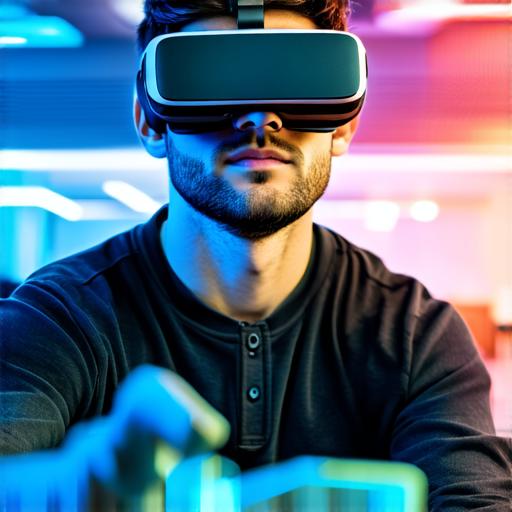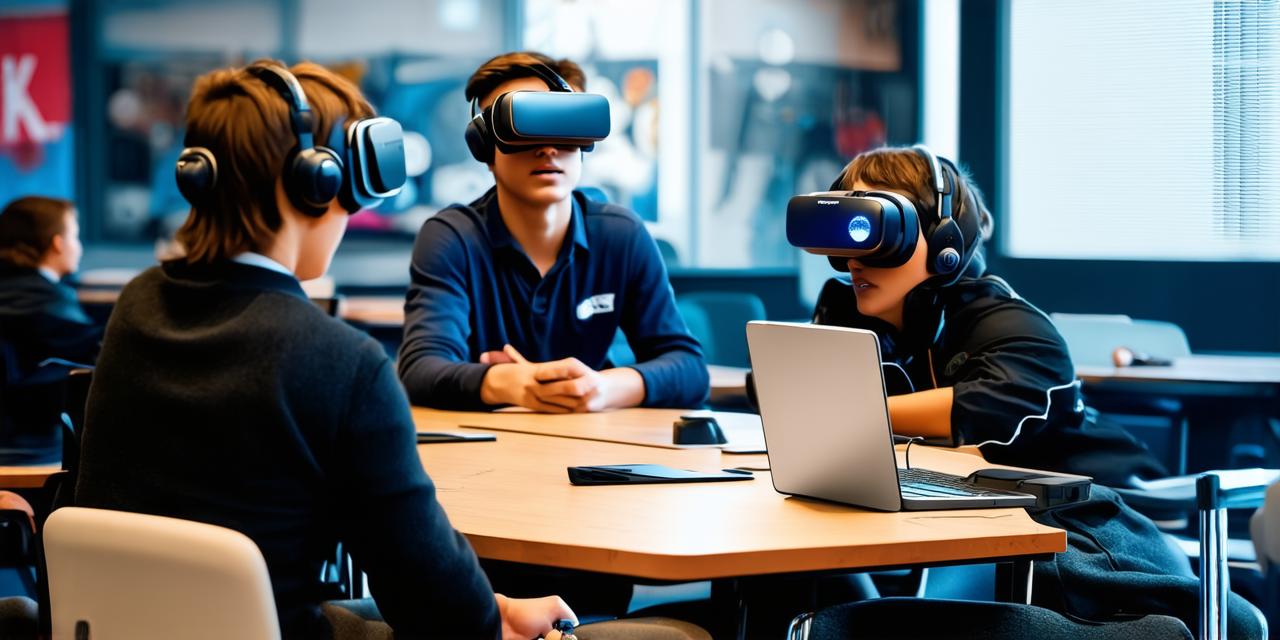Virtual reality (VR) technology has become increasingly popular in recent years, particularly in educational settings. VR can provide students with a unique learning experience that is more engaging and immersive than traditional classroom methods.
1. What is Virtual Reality?
Virtual reality (VR) is an immersive computer-generated simulation of a three-dimensional environment that can be interacted with using specialized electronic equipment. VR technology allows users to experience a virtual world as if they were actually there, providing them with a more engaging and memorable learning experience.
2. How is Virtual Reality Used in Education?
Virtual reality is used in education to create interactive and immersive experiences that can enhance the learning process. Some examples of how VR is used in education include:
- Simulation-based training: VR can be used to simulate real-world scenarios, such as emergency response situations, allowing students to practice their skills in a safe and controlled environment.
- Field trips: VR can transport students to distant locations or historical periods that may not be accessible in person. This allows them to experience the world in a way that traditional classroom methods cannot provide.
- Language learning: VR can simulate real-world scenarios, allowing students to practice their language skills in an authentic context. For example, they can interact with virtual characters in a foreign language, improving their communication and comprehension skills.
3. Benefits of Virtual Reality in Education
Virtual reality technology provides several benefits to students, including:
- Increased engagement: VR is a highly engaging technology that can capture the attention of even the most reluctant learners. This increased engagement can lead to better learning outcomes.
- Improved retention: The immersive nature of VR can help students remember what they have learned, as they are more likely to retain information when it is presented in a memorable and engaging way.
- Enhanced collaboration: VR can allow students to collaborate with their peers in a virtual environment, allowing them to work together on projects and share knowledge in real-time.
4. Challenges of Virtual Reality in Education
While virtual reality technology has many benefits to offer, there are also some challenges that must be considered when implementing it in educational settings. These include:
- Cost: VR technology can be expensive to purchase and maintain, particularly for schools with limited budgets.
- Technical difficulties: VR technology can be complex and may require specialized training to use effectively. Technical difficulties can disrupt the learning process and cause frustration for both teachers and students.
- Safety concerns: While VR is generally safe, there are some potential risks associated with its use, particularly in high-risk scenarios such as emergency response situations.

5. Conclusion
Virtual reality technology has many benefits to offer in educational settings, including increased engagement, improved retention, and enhanced collaboration. However, it is important for educators to carefully consider the challenges associated with VR before implementing it in their classrooms. With proper planning and support, virtual reality can provide students with a unique and valuable learning experience that will benefit them for years to come.
